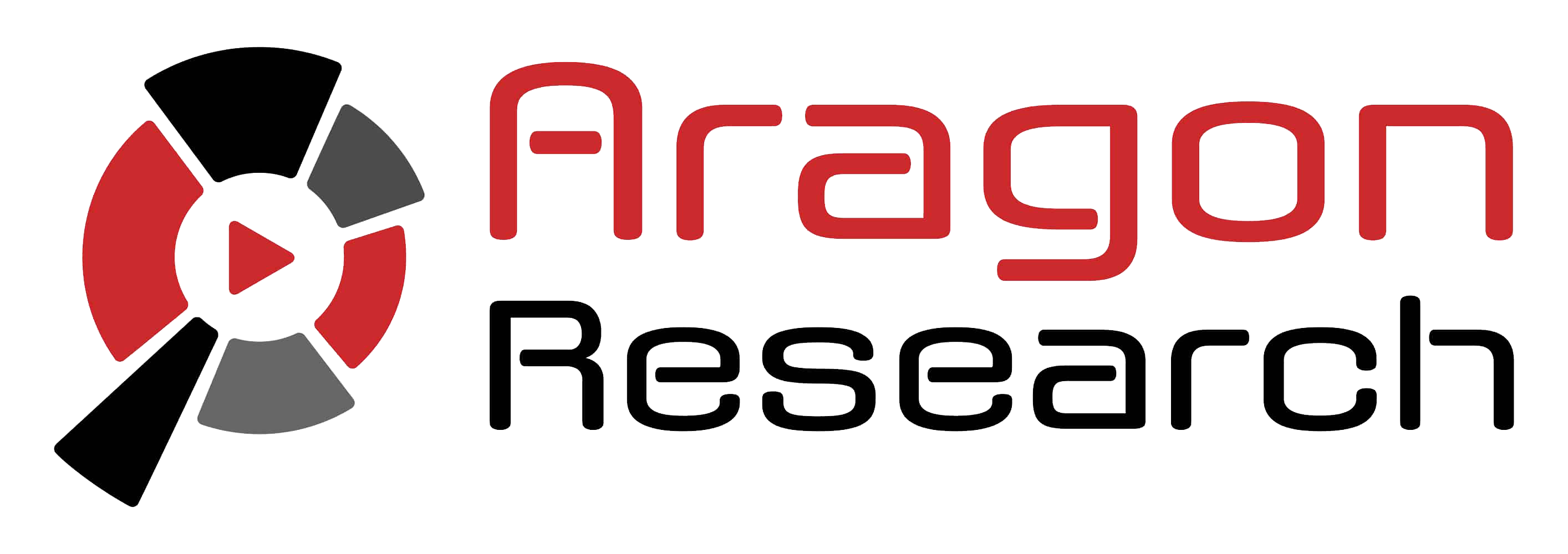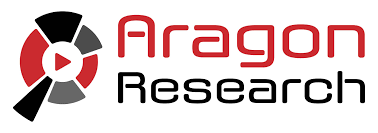
This year, more progressive claims organizations will change the status quo of their claims management business operations by embracing broad cost-cutting initiatives and efficiencies derived from mature “emerging” technologies.
Settlements, Waivers and Other Sign-offs
In every claim, there is a settlement process in which the carrier proposes a settlement to the insured and the insured party needs to sign off on a number of documents to effect the settlement. For those situations where carriers have (or would like to have) centralized claims processing, there is often a remote transaction that takes place to settle the claim. There is generally interest on both sides to settle the claim faster.
Settlement proposals with associated powers of attorney, waivers and other documents are often sent by courier mail to the insured party, who then reads, signs, and mails back the documents to the carrier in a prepaid return envelope, thus effecting the settlement.
Switching the claims settlement process from paper to an electronic format requires either the setup of expensive and complex online portals with password access or an e-mail-based electronic document signing service. The challenges with both of these methods revolve around concern for recipient acceptability and a strong desire to minimize the overall complexity, use of passwords, and technical requirements that have to be met by the recipient. It is critical to ensure that the resulting electronically signed documentation has the physical appearance of a wet-ink signature on paper so that any insurance commissioner or government body involved in auditing or in the property transfer process will not question the validity of e-signatures on the electronically signed documents.
While electronic commerce laws permit great efficiencies for business transactions by permitting use of electronic signatures, the unfortunate reality is that, nearly 10 years after adoption of the Federal E-Sign law, many transactions are still conducted via paper and wet-ink signature despite the tremendous cost savings and business transaction time efficiencies afforded by electronic signatures. It appears that, for the most part, industry contracts are still executed by paper-and-ink or faxed-and-scanned signatures due to either a lack of knowledge of the e-signature laws or adjudication concerns regarding e-signature laws in the event an e-signed contract becomes the subject of a legal challenge.
With new technology available, hardcopy, mail, courier, standard e-mail and faxed-back contract sign-off can be converted to electronic signature while avoiding the complexity and maintenance cost of Web portals. Special e-mail services now permit the claims adjuster to verify the insured party’s address by telephone. While on the phone, settlement documents to the insured party can be transmitted by e-mail in a manner that permits the insured party to apply a handwritten, mouse-scripted signature onto the appropriate signature areas of settlement proposals, government forms, lien/title transfer documents, and power of attorney agreements. These provide proof of e-mail content, delivery, time stamp verification, and signature.
By using this technology, insurers can accelerate the closing of claim settlements to minutes instead of the traditional timeframe of days or weeks, reducing—potentially significantly—insurer outlays for per diem coverage benefits. Such verifiable e-mail sign-off mitigates the potential for claims challenges when both parties are cognizant of “legal proof” electronic documents.
The wet-ink signature is scanned without the imaging cost and administrative overhead of getting it into electronic format. Further, the document intended for signature that starts in electronic form remains in electronic form throughout, eliminating the print-to-paper and sign-then-scan process. This reduces the heaviness of the imaged file, eliminates scanning costs, and permits one to move away from imaging toward general document management. It’s certainly also more environmentally friendly to replace tree cutting and ink production with e-files.
Claims-Related Notifications
Generally, when a claim is submitted, a particular response is required within a certain period of time in order to safeguard the carrier’s right to challenge the claim. Responses sent by first class U.S. mail require only proof of sending, as there is a presumption of delivery with proof of mailing.
Moving these responses to standard e-mail leaves the carrier exposed to claims of non-receipt of e-mail, non-response to claims submitted, or claims of missing regulatory letters since standard e-mail delivery is not perfect and difficult to prove after the fact. The Legal Technology Journal of London published an article in January 2009 citing a poll of the top myths and misconceptions of e-mail that, if not properly understood, can leave your organization relying on e-mail practices that expose you to E&O risk or may render your e-mail records useless for defending against a dispute around who said what and when. Without an e-mail solution that addresses the risks involved, you are likely to remain stuck in a paper world when dealing in matters of consequence.
Converting correspondence to special e-mail services will permit the sender to retain legal proof of delivery, preferably without requiring any actions, click-throughs, or downloads by the recipient. The best services will provide a receipt returned to the sender’s organization that can later be independently authenticated to prove message content (and attachments) associated with a particular level of delivery and a uniform time of receipt.
Pre- and Post-Placement Administrative Correspondence
For large-ticket items, the lack of formality in the underwriting process often associated with pre- and post-placement of coverage can leave an insurer unprotected. Mismanagement of the administrative correspondence between underwriter and broker can create additional settlement costs for the claims organization.
Even when insurance is placed through electronic data systems, most administrative correspondence is conducted by unprotected e-mail, with only basic archived e-mail records (in the best of cases) that can show what was sent but not what was received or when, if at all.
Many people incorrectly believe that their archive will protect them in the case of an e-mail dispute. What they don’t understand is that the archive provides only a record of what was sent, not what content was received and when. The evidentiary value of printed e-mail is low if a party cannot prove its authenticity in terms of message content and time of sending and receipt and another party challenges its validity. A printed e-mail (from the sent folder, inbox, or archive) can easily be denied admission into evidence by a simple challenge of content authenticity, time of sending, or receipt. Because those corresponding by e-mail, most notably underwriters and brokers, are often not the ones who have to deal with the consequences of the inability to authenticate e-mail, there hasn’t been a broad push for such an application.
The claims side of the house could really benefit from this technology, though. Having a court-admissible, evidentiary record of the back-and-forth correspondence between broker and line underwriter permits the claims legal department to easily retrieve and reconstruct the associated placement dialogues and present them to parties in such a manner that the integrity of the content and transmission can be independently authenticated, thereby eliminating or significantly mitigating claims disputes.
Stepping Into the Future
The current inclination for cost cutting and process improvement is a window of opportunity to move forward in technology. The best e-signature applications have simple-to-use designs that minimize general corporate resistance to change and training hurdles, and they are easy to implement when deployed as a managed service. Even large, complex IT departments can usually integrate e-signature programs to the benefit of claims managers.
Zafar Khan is founder and CEO of RPost, a provider of e-signature and e-mail legal delivery proof technologies.

December 10, 2025

December 05, 2025

August 07, 2025

July 17, 2025

June 19, 2025